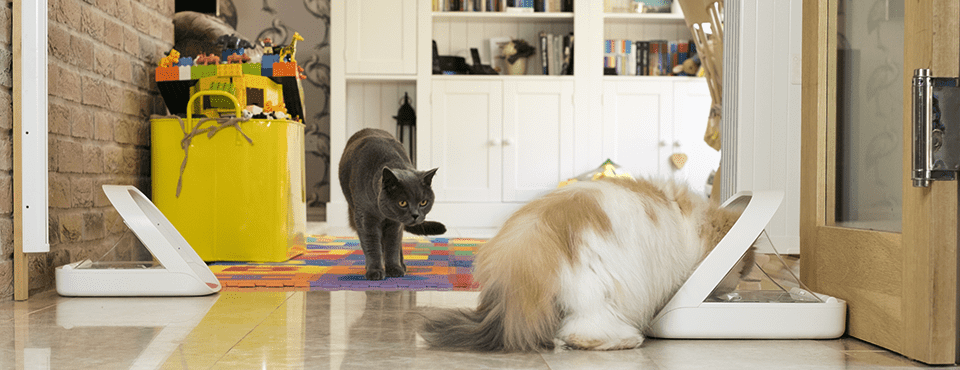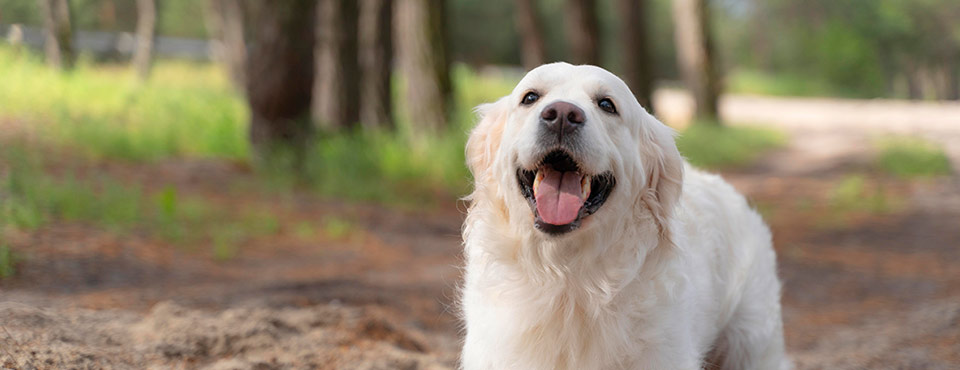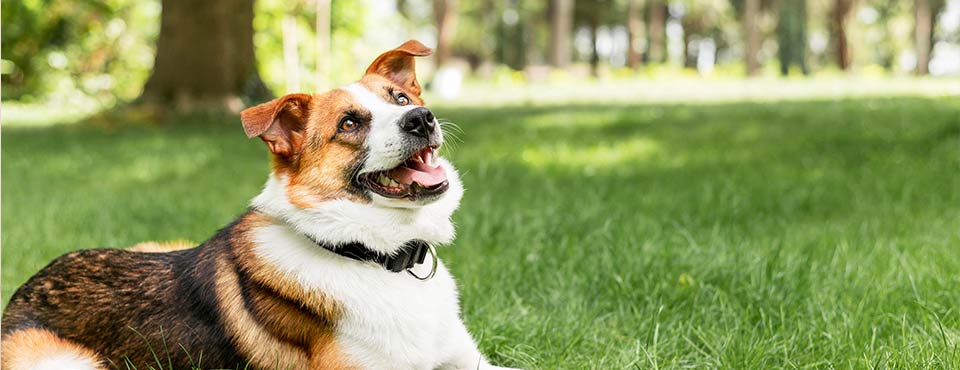Monitoring Your Cat’s Diabetes
HEALTH & PROTECTION
25 Aug, 2023
6 minutes

If you’re concerned that your feline friend might have diabetes or wondering how to monitor your cat’s progress, you are not alone. Diabetes affects an estimated 1 in 200 cats, but because this disease is believed to be underdiagnosed, this number is most likely higher. While diabetes is most common in middle-aged and older cats, it can be diagnosed in cats of any age. Any cat can develop diabetes but certain breeds, such as Burmese, are at a greater risk than other breeds. Cats that are obese have a higher risk for developing diabetes. Neutered male cats are also at greater risk for diabetes, andthose other risk factors include:
- Age
- Indoor lifestyle
- Physical inactivity
- Presence of other conditions, such as chronic pancreatitis or hyperthyroidism
Diabetes occurs when your kitty’s body makes too little or no insulin and this leads to higher than normal amounts of glucose, or sugar, in your cat’s blood. The build-up of glucose in the blood spills over into the urine, which draws out large volumes of water, resulting in increased amounts of urine, increased frequency of urination, and increased thirst. There is not enough energy in the body’s cells for them to function normally and they begin to use protein and fat as alternative sources of energy leading to weight loss, sometimes with increased appetite.

How Do I Monitor My Cat’s Signs?
There are several signs of diabetes that your veterinarian may ask you to monitor and record in order to understand how your cat is doing. A cat that is doing well should have few or no signs of diabetes (normal thirst, urination, and appetite and a stable body weight) and should eat and drink similar amounts as a non-diabetic cat of the same breed, age and weight.
Monitoring your cat’s progress is important for managing diabetes and it can be done in several ways, and often with the help of some nifty devices that can keep you connected to your cat!
Measure Water Intake (and Output)
This is a simple and easy way to assess how blood glucose changes. Diabetic cats drink more water when their blood glucose is higher than normal. Decreases in blood glucose during insulin treatment will be mirrored by decreases in water intake. Patterns of water intake do not detect blood glucose values that are too low. However, this occurs when the insulin dose is too high for your cat’s needs it is usually followed by high glucose levels, which will lead to your cat drinking more water. A decrease in urination reflects a decrease in blood glucose levels but will not necessarily detect blood glucose values that are too low.
You can measure how much water your cat drinks by adding a known amount of water using a measuring jug when you top up your cat’s water bowl. There are also connected devices such as Felaqua™ Connect that will measure your cat’s water intake using your cat’s microchip or an RFID collar tag to identify your cat.
You can also assess how much your cat is urinating by counting the clumps in the litter box or by weighing the clumps of litter you remove from the litter box daily.
Eating Habits
Using a connected feeder will help you stay informed about when and how much your kitty is eating throughout the day. A SureFeed™ Microchip Pet Feeder Connect keeps track of eating habits and any changes, monitors portion size, and because they can recognize your cat’s unique microchip or RFID collar tag ID, will only permit the registered pet access to the feeder. This is especially helpful in multi-pet homes to prevent sharing or stealing food.
Monitor Activity
Regular exercise is an important part of managing diabetes. Playing with your cat every day may form part of your cat’s diabetes management. It is also helpful to know what your feline friend is doing throughout the day and how much energy he or she is using.
A connected pet door works with your cat’s microchip and allows you to monitor how often your cat goes outside and for how long.

Signs of Happiness
Other signs that signal how happy your cat is are also important in monitoring the health and wellbeing of your diabetic cat. These indicators include weight, body condition score, coat condition, grooming behaviour and overall attitude.
Urine Glucose and Ketones
Your veterinarian may also ask you to measure levels of glucose and ketones in your cat’s urine. Your veterinarian will be able to provide you with tools for doing this, such as dipsticks or products to sprinkle on cat litter to detect changes in urine glucose. Ketones are produced when the body burns fat instead of glucose for energy.
Measuring Glucose
Once your cat is on insulin, your veterinarian may recommend measuring glucose. This is particularly useful if your cat does not appear to be responding to the insulin treatment well or appears to relapse after a period of doing well. Glucose can be measured in blood using a handheld glucometer, which needs a small drop of blood (usually taken from the ear) several times a day and this can be done by your veterinarian or may be done by you at home. Your veterinarian might recommend a continuous glucose monitor which is implanted under the skin and takes measurements of glucose in interstitial fluid for up to 14 days.

Mobile Apps
Connected devices such as feeders, drinking monitors and pet doors have handy apps that enable you to track your cat’s progress on your mobile device.
Using an app-based tracker, such as the Pet Diabetes Tracker Mobile App™, enables you to track and manage your cat’s diabetes. Within the app, you can do things such as:
- Establish a monitoring routine that works with your schedule.
- Keep records of everything, from food and water consumption, to blood glucose levels.
- Record blood glucose measurements and share them with your veterinarian.
- Create alerts to remind you about routine monitoring, insulin injections, veterinary appointments and medication purchases.
Changes in Your Cat
If signs of diabetes seem to be worsening or are not improving, or if your cat experiences a recurrence of signs of diabetes or you notice any marked changes in your cat’s thirst, urination, weight, body condition, activity, attitude or behaviour, it is important that you consult with your veterinarian. Your veterinarian will advise you if your cat needs further tests or treatment.
ZA-NON-230500016
RELATED POSTS
-

Learn about canine babesiosis, a tick-borne disease that affects dogs worldwide. Discover its symptoms, treatments, and how to prevent it.
-

Explore how diabetes impacts cats, its signs, risk factors, and effective management through medication and diet for a healthier feline life.
-

Diabetes affects an estimated 1 in 300 dogs, diabetes is more common in middle-aged and older dogs (4-14 years of age), it can be diagnosed in dogs of any age, including young dogs. Read more.
-

Ever wonder how your dog experiences the world? Why he or she sniffs everything, everywhere? Read more and find out








